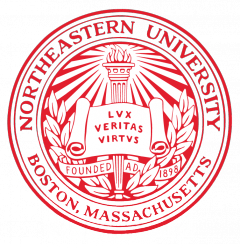300 SL cited in key cancer research by Northeastern University
14/09/2017

The Mattos Lab, at Northeastern University in the Department of Chemistry and Chemical Biology, recently published a paper in the Journal of Biological Chemistry with rate constants for intrinsic hydrolysis of GTP on Ras obtained using the Hidex 300 SL Liquid Scintillation Counter. The paper reveals previously unsuspected nuances associated with RAS proteins, GTPases that play a crucial role in cell proliferation when bound to GTP. A high number of known cancers are mediated by mutations in RAS making it major target for cancer drug development.
Extensive research has already been carried out on H-RAS, one of the three isoforms of Ras with 95% sequence conservation within the G-domain., It has been assumed that the biochemistry of K- and N-RAS can be represented by experiments on H-RAS due to their identical active sites. Prof Carla Mattos and her research team showed that the three isoforms are biochemically distinct from one another due to unique allosteric modulation of catalysis. This brings understanding of molecular mechanisms associated with Ras proteins to a new level of detail.

As part of the study, single turnover experiments were carried out on the Hidex 300 SL to determine the kinetics and obtain rate constants of GTP hydrolysis on all 3 isoforms. This was the chosen method as it has been the standard approach for measurements of intrinsic hydrolysis rate constants in numerous literatures. RAS was loaded with γ32P-GTP and samples taken at specified time points. The 32Pi is extracted and the radioactivity measured using the 300 SL.
From this it was found that all isoforms are biochemically distinct and in fact K- and N-RAS were slower enzymes than H-RAS, proving that H-RAS should not be used as a model for all 3 isoforms. These kinetics results using the Hidex 300 SL were consistent with structural analysis and MD simulations, making the 300 SL a reliable instrument for this study.